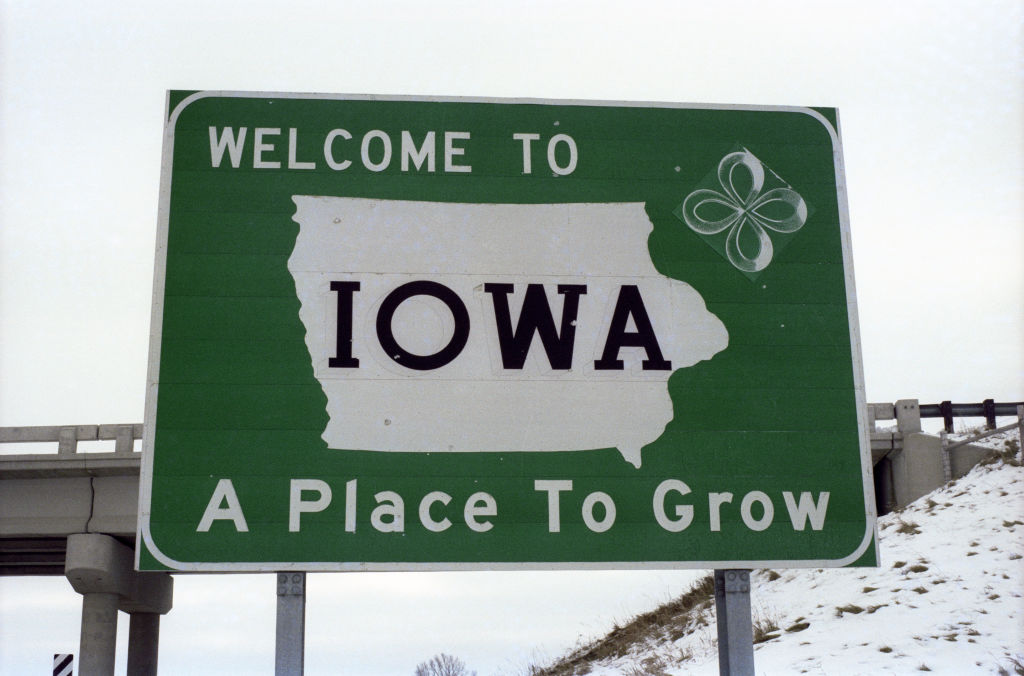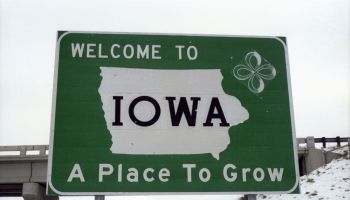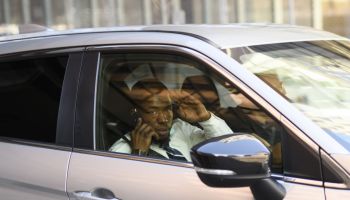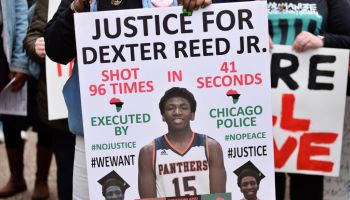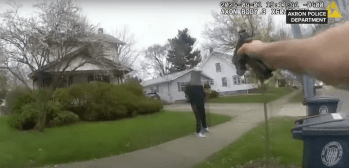The sad tale of Ota Benga (pictured) highlights the many racially motivated atrocities Black people faced even as the dawn of the 20th century was unfolding. A Congolese native and Mbuti pygmy, Benga suffered under America’s racist practices as part of an exhibit for the St. Louis World Fair. Benga, snatched away from his home under the gaze of a businessman and missionary, would later be put on display at the Bronx Zoo’s “Monkey House” exhibit. Dismayed that he couldn’t return to his native land, Benga would commit suicide on this day in 1916.
SEE ALSO: 200 Free Blacks Leave State Of Georgia For Liberia On This Day In 1895
Benga narrowly escaped enslavement and death as his lands were invaded by Belgium forces. Losing his family and children to the Belgian military force, Benga survived but was later captured by slave traders.
American businessman and missionary Samuel Phillips Verner (pictured at right) was sent to Africa by the St. Louis World Fair officials to bring a group of pygmies back to the States for an exhibition.
Anthropologist W.J. McGee wanted an assortment of races to study as part of plan to highlight the theory of “cultural evolution” as he called it.
Verner was able to negotiate Benga’s freedom with a pound of salt and some cloth, which gained him favor in the eyes of the suspicious Mbuti tribesman.
It was later written that because of Verner’s gesture in freeing Benga, it allowed him to persuade other Africans to join the effort in returning to America.
Benga was the most curious of them all, and the group left their home. Upon arrival, Benga was a sensation for the onlookers. As was the tradition for his people, Benga’s teeth were filed into sharp points and local papers referred to him as a “cannibal” and other such names.
Verner, ill with malaria in 1904 when they arrived, couldn’t protect the group from crowds who wanted to gawk at them. McGee tried to allow the Africans space to live as they did before in forests, but the spectators grew too immense. At one point, military forces were called in to command the crowds and Benga would imitate their moves, according to accounts.
Benga and Verner would return to the Congo, with the pygmies later living among the Batwa people. Benga married a Batwa woman, but she later died of a snakebite. Returning back to America with Verner, he lived in a spare room at the American Museum of Natural History in New York.
Benga was allowed to stay in the museum ,but Verner was cast out for asking for too much money to house the pygmy. Benga worked as a host at the building, but he was later asked to leave after a violent outburst with a guest.
Benga also made several attempts to escape to no avail.
After a relatively innocent visit to the Bronx Zoo in 1906, Benga was given freedom to run the grounds before zoo officials slyly convinced the man to live in the Monkey House.
An exhibit was erected, and unknown to Benga, he was exploited.
Black clergymen decried Benga’s involvement in the exhibit, which brought unwanted negative attention to the zoo.
Rev. James H. Gordon, one of the clergymen who protested Benga’s time in the zoo, got custody of the pygmy after the zoo ousted him. After entering an orphanage, Benga was later moved to Lynchburg, Va., and started learning English. Gordon had Benga’s teeth capped and dressed him as a southerner. Becoming independent, Benga would find work at a local tobacco plant. Longing to return home, Benga began planning to get back to his beloved Congo.
In 1914, however, World War I erupted and made such a trip nearly impossible. Depressed over his failed prospects, Benga would commit suicide by firing a borrowed revolver in to his chest after chipping the caps off his teeth and starting a ceremonial fire.
Phillips Verner Bradford, the grandson of Samuel Phillips Verner, would publish a book in 1992 titled “Ota Benga: The Pygmy in the Zoo.”
SEE ALSO: African Americans Protested For Voting Rights In Pennsylvania On This Day In 1838
